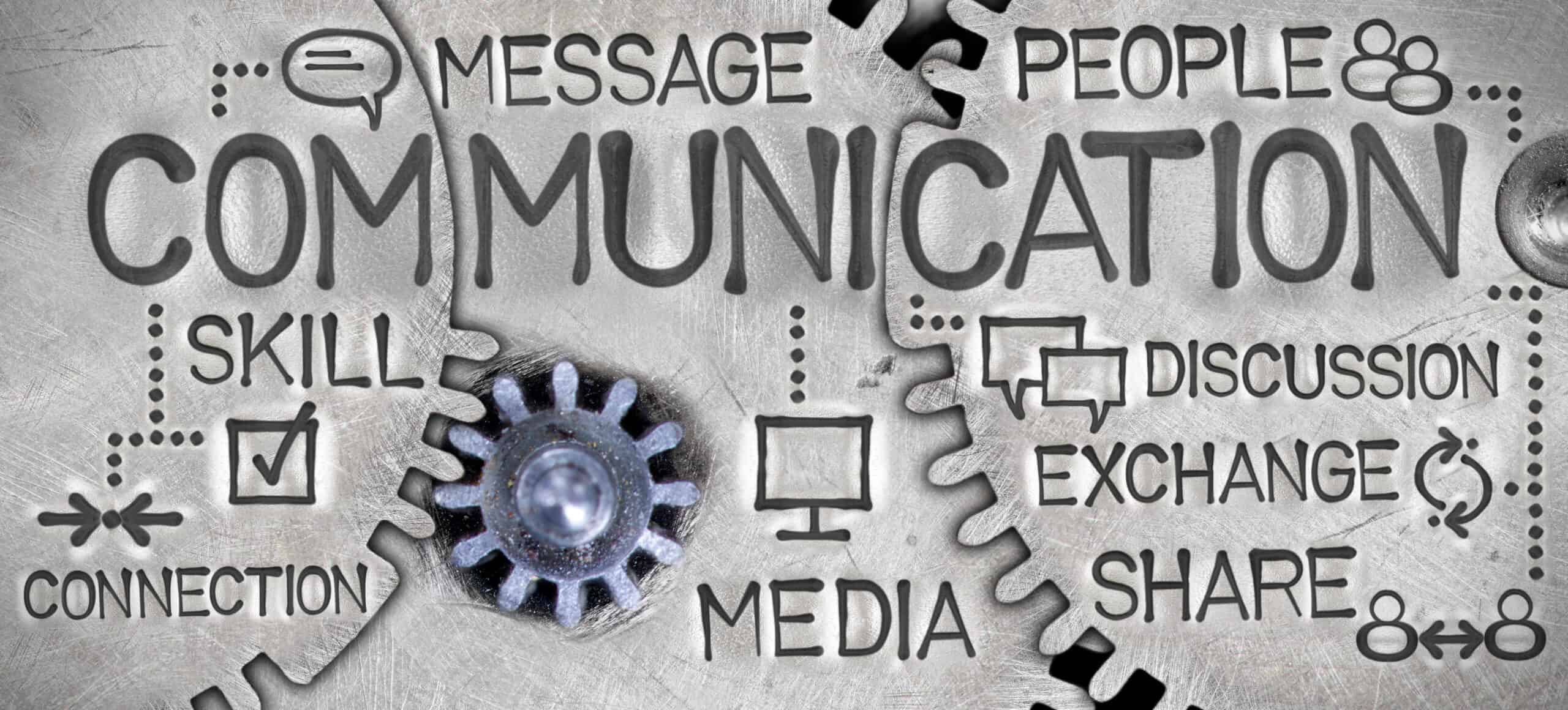Dr Sandhyaa Bombay
In today’s tech-driven world, communication has become a vibrant tapestry woven with words and nonverbal signals. These subtle cues are essential in expressing our complex emotions, whether in everyday chats, high-stakes business presentations, or delicate cross-cultural interactions. As we navigate these diverse contexts, the richness of our conversations becomes ever more evident, bridging gaps between people of all ages and backgrounds and fostering deeper connections.
Technology is transforming the way we connect and communicate!
As digital communication rapidly evolves, it’s fascinating to consider how technology reshapes our understanding of nonverbal cues. This shift raises essential questions about the accessibility of these new forms of interaction, especially for non-native English speakers. Navigating the rich landscape of digital platforms, like emojis, GIFs, and video conferencing tools, is a different experience for native speakers compared to those who speak English as a second language. As technology advances, we may witness the emergence of even more innovative nonverbal communication methods, opening up exciting possibilities for connection and engagement.
Nonverbal cues pack a powerful punch in communication
Nonverbal cues, like a quick thumbs-up, pack a powerful punch in communication. These simple gestures transcend language barriers and allow us to share intricate emotions and thoughts without speaking. They create a connection that unites us across diverse cultures, making us all feel part of a global conversation. Take nodding, for example. This familiar gesture goes beyond mere agreement; it fosters a bond between speaker and listener, encouraging more open dialogue. When someone nods, it signals that their thoughts are valued and understood, inviting them to share even more. These small yet profound interactions enhance our ability to connect on a deeper level.
Actions often convey more than words ever could
Gestures speak volumes! They often convey emotions and intentions in ways that words can’t match. Where digital screens can dull our expressions, a well-timed gesture can ignite a deeper connection and understanding. There’s a richness to body language that breathes life into communication, making it far more impactful than mere text or images. Let us embrace the power of gestures that can transform how we connect!

A genuine laugh radiates joy and warmth, inviting connection and comfort. In contrast, a deep sigh often carries the weight of weariness or contemplation, revealing deeper emotions beneath the surface. Our vocal tones play a pivotal role too: soft, soothing tones can foster intimacy, while higher pitches may signal excitement or heightened stress. Understanding these nuances enhances our perception of human interactions, transcending cultural boundaries.
Clapping, for example, is more than just a noise; it’s a dynamic expression of encouragement that ignites enthusiasm and nurtures a sense of community. However, accurate interpretation of gestures and sounds is key, as different audiences may perceive them through unique lenses shaped by age and cultural background.
Gestures can hold a world of meaning
Gestures can carry vastly different meanings across cultures. What might be a harmless signal in one part of the world could be seen as deeply offensive in another. This potential for misinterpretation highlights the importance of approaching nonverbal communication cautiously and keenly.
So, as you navigate your relationships, remember that a gesture is more than just a movement—it’s a window into a person’s feelings and intentions. Being mindful of these subtleties can transform the way we connect with others.
In a world increasingly dominated by digital communication, it’s easy to misunderstand or overlook the nuances that physical gestures bring to our interactions. Take crossed arms, for instance. While many might interpret this stance as a sign of defensiveness or discomfort, the real story often lies in the context. Someone might be crossing their arms simply because they feel chilly, not necessarily to build emotional walls.
Fostering Genuine Connections
The dance between auditory and physical cues in nonverbal communication enriches our messages, helping form strong connections and sidestepping potential misunderstandings. By mastering these subtleties, we elevate personal conversations, captivate audiences in public speaking, and enhance the impact of performances.
Yet, we must be cautious—leaning too heavily on nonverbal signals without verbal context can lead us astray. Sharpening our communication skills through effective strategies helps foster clarity and understanding. Establishing robust verbal and nonverbal feedback mechanisms is essential for creating meaningful interactions.
Elevate your nonverbal communication skills to new heights!
To sharpen your nonverbal communication prowess, dive into role-playing exercises, keenly observe body language, and seek constructive feedback from peers. Educational programs and workshops can arm you with valuable techniques for mastering effective nonverbal communication in diverse settings—from bustling cafés to professional environments.
Remember, the gestures that thrive in a noisy coffee shop may not fit in a corporate boardroom. When using humor, staying attuned to the cultural context is vital to ensuring your message resonates and connects.
In a nutshell, tuning into nonverbal cues in various situations—be it casual hangouts, formal presentations, or cross-cultural conversations—can significantly boost our ability to connect and communicate with others. By paying attention to body language, facial expressions, and gestures, we can deepen our interactions and foster understanding like never before!
(The author is a former Associate Professor from Bhavan’s New Science College, Hyderabad.)







